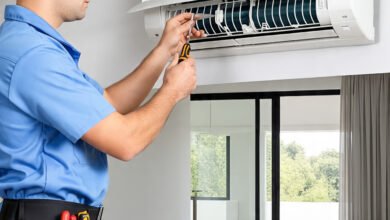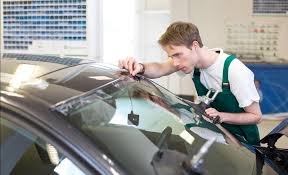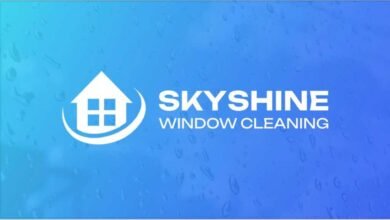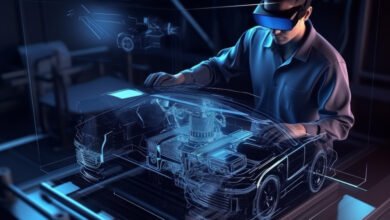How To Remove Wrinkles From Artificial Grass In Dubai

Most commonly, especially in the summer when it’s hot outside, creases and wrinkles are more likely to appear on the artificial grass. The wrinkles may result from subpar grass, installation techniques, or extreme temperatures. However, there are several strategies and tactics that you may use during the installation of your fake grass to prevent future wrinkling.
Let’s first examine the cause of this problem.
Reasons For Creases On Artificial Grass
Poor installation is the primary cause of wrinkles in artificial grass. The ability of artificial grass to adapt to whatever shape is provided is both a benefit and a drawback. If artificial turf is placed on top of a brick or piece of wood, exposed to the hot sun for a few hours, and then the brick or wood is removed, the artificial turf will hold its form, and the crease is likely to be challenging to remove. This occurs due to the sun’s heat warming up the turf’s surface, making it more flexible and allowing it to retain its form after cooling down.
In other cases, installing fake grass may be done safely, although it will wrinkle with time. As we previously stated, the sun’s warm temperatures significantly impact the activation of the fake grass’s supporting materials, making it flexible. Your artificial grass may develop wrinkles due to the sun’s warmth during the early hours of the day and the material backing’s cooling during the afternoon. It’s crucial to remember that this can occur regardless of how good your lawn is.
However, by using a few standard installation procedures, these wrinkles and other wrinkles may be readily avoided. For example, a 1-inch or 6-mm grid pattern should be adhered to on the grass using sealers in the morning. This will help start the process of compaction and flatten out the surface of your artificial turf so wrinkles will not be visible.
Installation methods for artificial grass to avoid wrinkles
-
Place the weed membrane flat
In all circumstances, aside from those involving pets, it is advised to lay a weed barrier directly beneath your artificial grass to stop weed development. Make sure the membrane is not folded over when folding the artificial grass. You may use galvanized nails to secure the membrane to a wood edge and then U-pins to position it in the middle of your grass. If the backing material of the artificial grass has folds or wrinkles, these folds or wrinkles will appear through the synthetic turf as lumps and bumps inside the membrane.
-
Wait until your synthetic grass has adjusted before mowing
If you have a strong case, installing your artificial grass during a sweltering summer day is advised. This will make the backing material flexible and straightforward to assemble. The synthetic turf must be stretched on your lawn or garden once the ground has been adequately prepared. Then, it would help if you gave them time to become used to the hot weather. The artificial grass should stay on your lawn for at least two hours. Leave it for at least 24 hours to achieve the optimum results. This will give it time to adjust to the heat so that when installation time comes around, your lawn will already be stretched to the necessary degree.
-
Firmly stretch the turfs and smooth out any wrinkles
Spread your artificial turf while kicking away any creases made after allowing the turf to expand while using a carpet kicker. You may also use the cardboard core around which the grass was wrapped to eliminate air bubbles. If you see any intractable creases, you may repair your turfs by pinning them straight to the ground using U-pins.
-
Use the proper quantity of sand as filler
An important factor in minimizing wrinkles and creases on your artificial grass is ensuring you use the correct quantity of sand to fill it. The artificial grass can receive some ballast from the sand infill, which helps to keep the grass firmly against the ground and prevents tearing. The sand infill will also aid in controlling the fake grass’s temperature, reducing wrinkles brought on by the sun’s heat.
Finally, it is advised to delegate the work of building artificial turf to experts. You could do the most of it on your own, but there are a few crucial lessons that people have learned from experience. However, if you adhere to the guidelines mentioned above, avoiding creases on your turfs shouldn’t be much more challenging.




